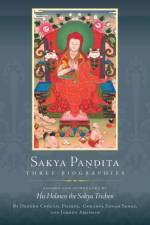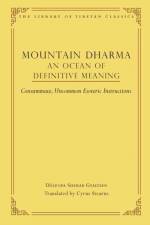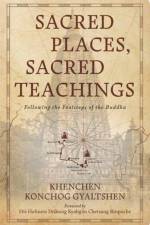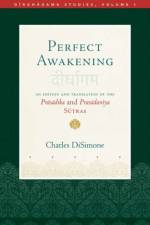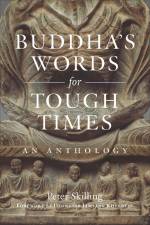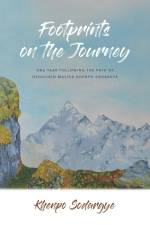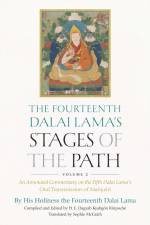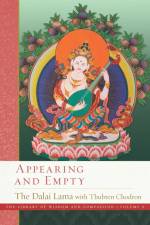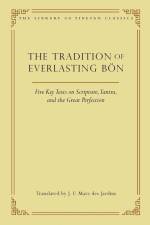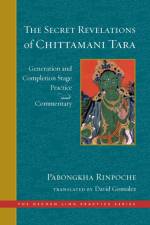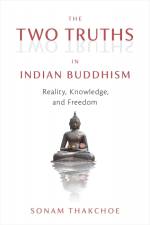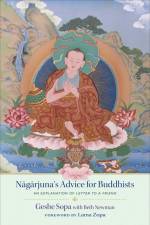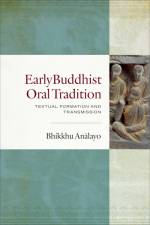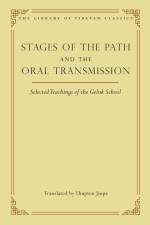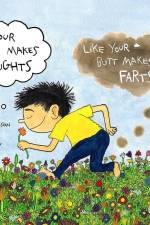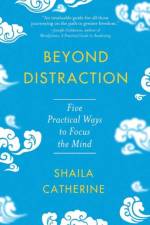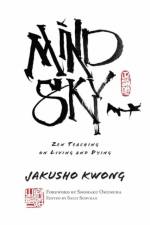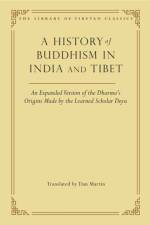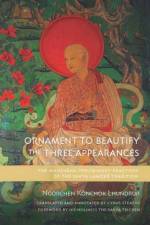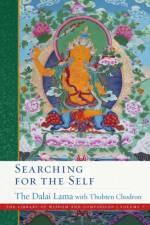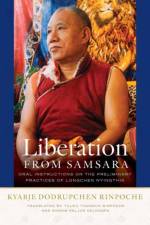av Shaila Catherine
195
Learn how to overcome distraction in meditation practice and develop clarity in your relationships, work, and activities with this new guide from a beloved meditation teacher.The mind can be a potent tool, used to guide extraordinary achievements, inspire good works, and incline your spiritual path toward peace and awakening. But the mind can also produce thoughts that lead to suffering. For many people, thoughts run rampant and seem to oppress or control their lives. Even the Buddha tells us that before his enlightenment, he sometimes found his mind preoccupied by thoughts connected with sensual desire, ill will, and harm. But he figured out how to respond to thoughts skillfully and developed a step-by-step approach to calm the restless mind. Now, Insight Meditation teacher Shaila Catherine offers an accessible approach to training the mind that is guided by the Buddha’s pragmatic instructions on removing distracting thoughts. Drawing on two scriptures in the Middle Length Discourses of the Buddha, Shaila shows you how to overcome habitual modes of thinking, develop deeper concentration, and discover the insights into emptiness that are vital for a liberating spiritual path. Following the Buddha’s pragmatic approach, Shaila guides you through five steps for overcoming distraction and focusing the mind: 1. Replace unwholesome thoughts with wholesome thoughts. For example, if you find yourself thinking thoughts of ill will toward a person, try thinking instead of their good qualities as an antidote. 2. Examine the dangers of distracting thoughts. Weigh the costs of allowing thoughts of ill will, lust, greed, and so forth to obsess your mind. The costs of dwelling on distracting thoughts nearly always outweigh any supposed benefits. 3. Avoid it, ignore it, forget it. Develop the skill to turn your attention away from habitual distractions. Remove the fuel and let the fires of distraction die out. 4. Investigate the causes of distraction. By understanding the conditions that perpetuate habitual thoughts, you can learn to free yourself from those patterns. 5. Apply determination and resolve. Supported by wisdom, you can make a firm decision to stop dwelling on patterns of thought that are not supporting your deepest values and goals in life. Each chapter includes exercises and reflections to help you cultivate the five steps to deeper concentration. You’ll learn about your mind and develop your ability to direct your attention more skillfully in meditation and daily activities. And ultimately, you’ll discover for yourself how these five steps boil down to one key realization: In the moment you recognize that a thought is just a thought, you will find yourself on the path to a life of remarkable freedom.

